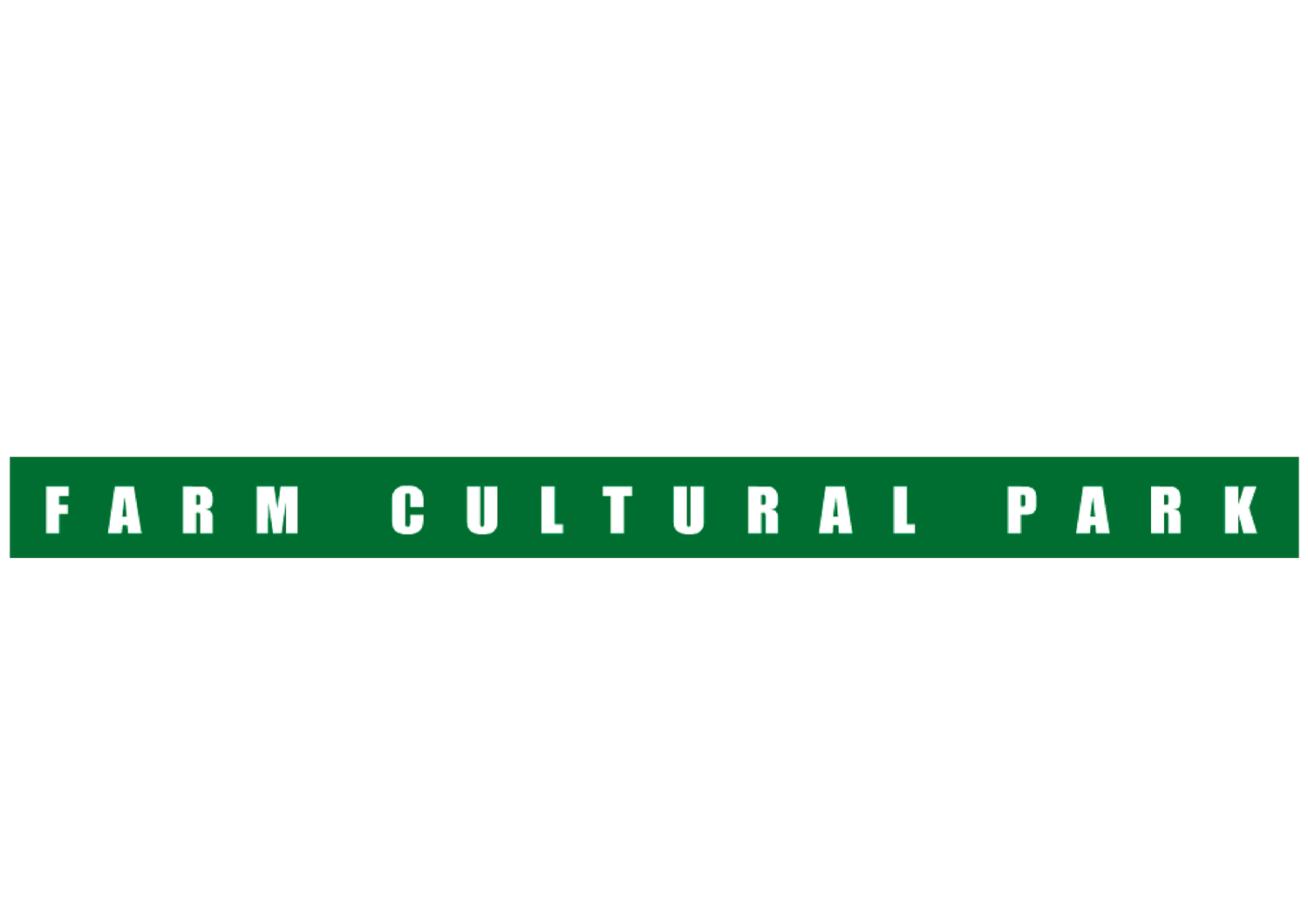Museum of the Cities of the World
Countless Cities, the Museum of the Cities of the World, aims to be an immersive and dynamic cultural experience that celebrates the diversity and complexity of global cities. The museum invites visitors to reflect on the most urgent urban and global challenges, highlighting crucial themes such as peace, freedom, and the recognition of the inviolable rights of the human being.
In a world marked by conflict, inequality, and human rights violations, the museum becomes a place where these universal values can be explored and promoted, with the goal of inspiring more just, inclusive, and supportive cities.
The Museum of the Cities of the World is the natural evolution of the Biennale delle Città del Mondo (Biennale of the Cities of the World) by Farm, which has already highlighted the importance of dialogue between urban cultures and their interaction. With the museum, Farm aims to strengthen this commitment by creating a permanent space where the stories of cities can be shared, explored, and celebrated, fostering a deeper understanding of different urban identities and encouraging collective engagement from every citizen to improve their city.
About the Museum
The Museum of the Cities of the World will consist of two main exhibitions with workshop spaces, a large artistic installation by Millo, a dedicated space for the School of Architecture for children, and a dedicated library, along with temporary exhibitions and installations throughout all the spaces of the Convento dei Crociferi.
Additionally, there will be a Palermo Pavilion, which, however, will not be located within the Convento dei Crociferi but will be distributed throughout the city in the areas where the Palermo communities and foreign residents are present.
Two main exhibitions
-

"Livable Cities require Peace, Freedom, and Rights".
Cities are the first to suffer the consequences of wars and dictatorships. From Mariupol to Gaza, from Kabul to Baghdad, contemporary conflicts and authoritarian repressions devastate the urban fabric, erase public spaces, break community ties, and impose silence where life once existed. Where peace is absent, spaces become places of fear; without freedom, cities turn into prisons; when human rights are denied, inequalities become rooted in the very architecture of cities.
This exhibition invites a collective reflection on the devastating consequences of war, lack of freedom, and the violation of human rights in today's cities. In the face of conflicts in Ukraine, the Middle East, and many other parts of the world, cities do not only die under bombs, but also under the weight of oppression and social injustice.
Without peace, freedom, and rights, there are no livable cities. Only visible and invisible rubble.
-

"A Platform for Change – Cities change because people make them change."
There is no magic formula or instruction manual to make a city, big or small, more beautiful. Everyone has different tastes, passions, needs, and expectations, so what may be an ideal city to live in for some might be boring, chaotic, or even a nightmare for others, and vice versa.
Cities are complex places, constantly evolving, where life stories intertwine, and urban challenges manifest in daily realities. Each city has its own identity, its own soul, responding to a multitude of needs, dreams, and expectations. But what makes a city truly successful? What makes it a desirable place to live, work, and grow?
With “A Platform for Change,” we will explore these questions through a journey that invites us to reflect on the characteristics that define the most livable and innovative cities. While there is no universal recipe for building the ideal city, certain qualities recur in those considered successful. Drawing from the work of scholars and urbanists like Charles Landry and Maurizio Carta, the museum will provide a space for reflection on how a city can be a place of belonging, growth, inspiration, opportunity, and connection.

